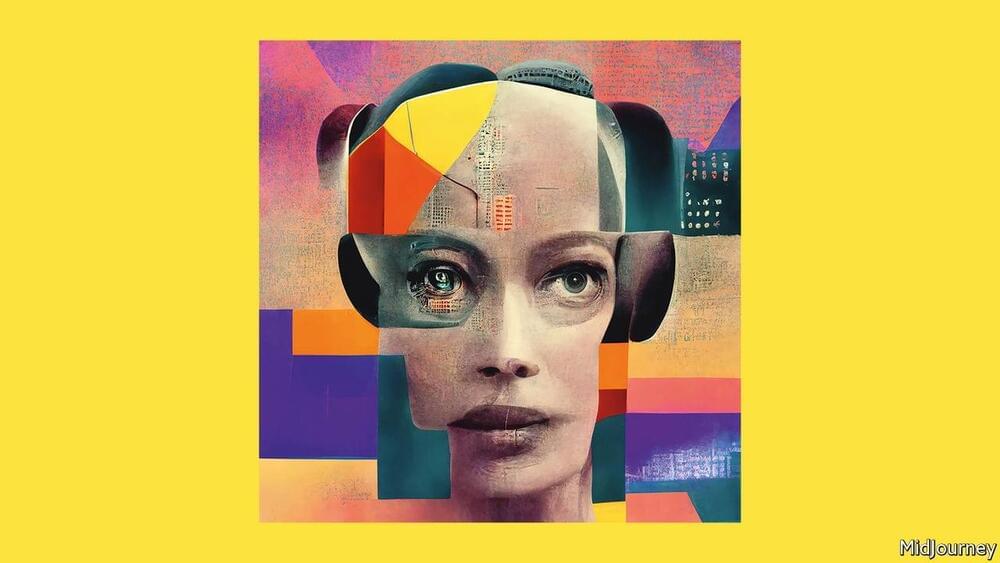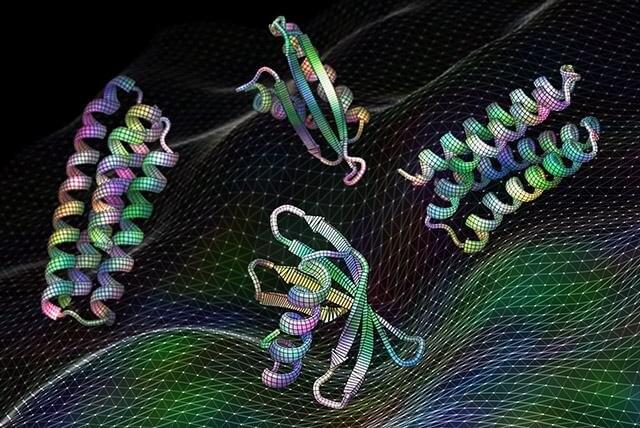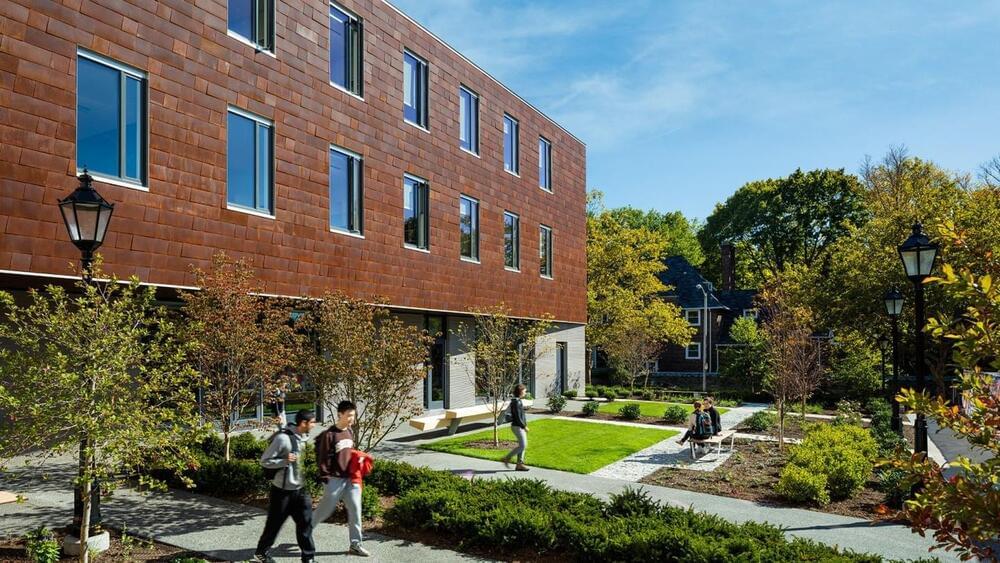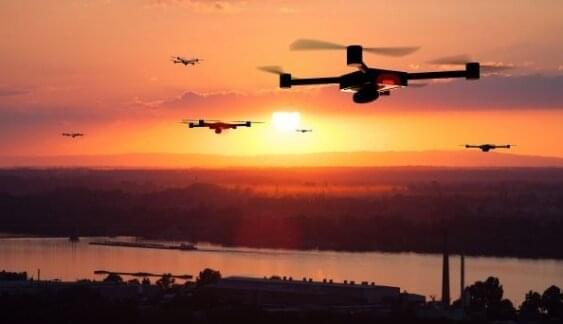Ford has started trials of its electric vehicle charging robot.
Ford’s all-electric F-150 Lightning truck can power houses for three days during blackouts utilizing its Ford Intelligent Backup Power.



Current approaches to de novo design of proteins harboring a desired binding or catalytic motif require pre-specification of an overall fold or secondary structure composition, and hence considerable trial and error can be required to identify protein structures capable of scaffolding an arbitrary functional site. Here we describe two complementary approaches to the general functional site design problem that employ the RosettaFold and AlphaFold neural networks which map input sequences to predicted structures. In the first “constrained hallucination” approach, we carry out gradient descent in sequence space to optimize a loss function which simultaneously rewards recapitulation of the desired functional site and the ideality of the surrounding scaffold, supplemented with problem-specific interaction terms, to design candidate immunogens presenting epitopes recognized by neutralizing antibodies, receptor traps for escape-resistant viral inhibition, metalloproteins and enzymes, and target binding proteins with designed interfaces expanding around known binding motifs. In the second “missing information recovery” approach, we start from the desired functional site and jointly fill in the missing sequence and structure information needed to complete the protein in a single forward pass through an updated RoseTTAFold trained to recover sequence from structure in addition to structure from sequence. We show that the two approaches have considerable synergy, and AlphaFold2 structure prediction calculations suggest that the approaches can accurately generate proteins containing a very wide array of functional sites.
The authors have declared no competing interest.

Scientists have developed artificial intelligence software that can create proteins that may be useful as vaccines, cancer treatments, or even tools for pulling carbon pollution out of the air.
This research, reported today in the journal Science, was led by the University of Washington School of Medicine and Harvard University. The article is titled “Scaffolding protein functional sites using deep learning.”
“The proteins we find in nature are amazing molecules, but designed proteins can do so much more,” said senior author David Baker, an HHMI Investigator and professor of biochemistry at UW Medicine. “In this work, we show that machine learning can be used to design proteins with a wide variety of functions.”
Simpler, faster, smaller, and cheaper chips are a key to low-power computing — even in AI.
RISC-V is taking off like a rocket.
In this video I discuss how RISC-V will reshape chip design industry.
#RISCV
***
WATCH NEXT:
➞ Next Big Wave in CPU design: https://youtu.be/5fMWUC2MFrA
➞ Silicon Quantum Computer from Intel: https://youtu.be/j9eYQ_ggqJk.
➞ New WoW Processor explained: https://youtu.be/-NeRIrRSFs4
***
MY GEAR (affiliate links):
➞ Camera Sony Alpha 7 III: [https://amzn.to/3dmv2O6](https://amzn.to/3dmv2O6)
➞ Lens Sony 50mm F1.8: [https://amzn.to/3weJoJo](https://amzn.to/3weJoJo)
➞ Mic Sennheiser: [https://amzn.to/3IKW5Ax](https://amzn.to/3IKW5Ax)
***

We all learn from early on that computers work with zeros and ones, also known as binary information. This approach has been so successful that computers now power everything from coffee machines to self-driving cars and it is hard to imagine a life without them.
Building on this success, today’s quantum computers are also designed with binary information processing in mind. “The building blocks of quantum computers, however, are more than just zeros and ones,” explains Martin Ringbauer, an experimental physicist from Innsbruck, Austria. “Restricting them to binary systems prevents these devices from living up to their true potential.”
The team led by Thomas Monz at the Department of Experimental Physics at the University of Innsbruck, now succeeded in developing a quantum computer that can perform arbitrary calculations with so-called quantum digits (qudits), thereby unlocking more computational power with fewer quantum particles. Their study is published in Nature Physics.


Jingulu—a language spoken by the Jingili people in the Northern Territory—has characteristics that allow it to be easily translated into AI commands.
An Aboriginal language could hold the key to solving some of the most challenging communication problems between humans and artificial intelligence (AI) systems.
A new paper, published by Frontiers in Physics and led by UNSW Canberra’s Professor Hussein Abbass, explains how Jingulu—a language spoken by the Jingili people in the Northern Territory—has characteristics that allow it to be easily translated into AI commands.